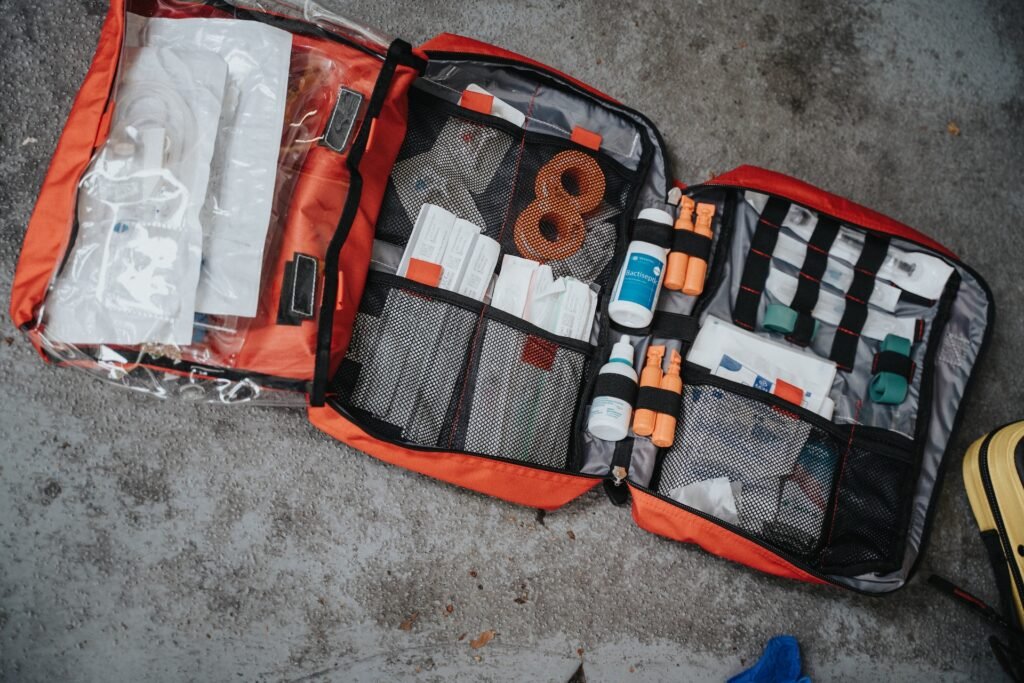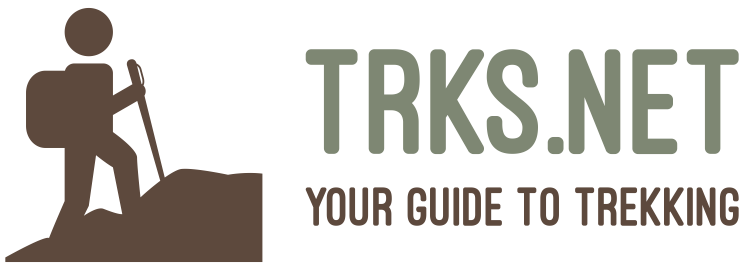Are you an adventurous soul who loves spending time in the great outdoors? Do you enjoy hiking through rugged terrains and exploring the wilderness? If so, it’s crucial to equip yourself with the necessary skills and knowledge of first aid and wilderness medicine. Being prepared for any emergency or injury can mean the difference between life and death in remote and isolated areas. Here, we will explore the importance of first aid and wilderness medicine for hikers and trekkers, providing you with valuable insights and tips to ensure your safety and the safety of those with you on your journey.
1. Remote Locations and Limited Access to Medical Help
When venturing into the wilderness, you are likely to encounter remote locations where medical help may be far away or even inaccessible. Hiking trails, mountain ranges, and national parks often have limited access to emergency services, making it vital for hikers and trekkers to be self-reliant in case of an emergency. By acquiring first aid and wilderness medicine skills, you can become the first line of defense and provide immediate care until professional help arrives.
2. Common Injuries and Illnesses in the Wilderness
While enjoying the beauty of nature, hikers and trekkers are exposed to various risks and hazards. Common injuries and illnesses in the wilderness include sprains, fractures, cuts, insect bites, animal encounters, heat exhaustion, hypothermia, and dehydration. Knowing how to recognize and treat these conditions can significantly improve the outcome and ensure a safe and enjoyable adventure.
3. Wilderness-Specific Considerations
While traditional first aid knowledge is essential, wilderness medicine requires an additional layer of expertise. When medical help is not readily available, hikers and trekkers must learn how to adapt to the unique challenges of remote environments. This includes understanding how to properly assess and stabilize patients in the wilderness, as well as improvising medical supplies when necessary. From constructing splints out of available materials to creating makeshift stretchers for evacuation, these skills can be the difference between life and death in extreme situations.
4. Prevention and Preparedness
Although knowing how to respond to emergencies is crucial, preventing them in the first place should be a top priority. Before setting off on any outdoor adventure, hikers and trekkers should conduct thorough research on the area they will be exploring. This includes studying the terrain, weather conditions, and any potential hazards or wildlife encounters.

5. Essential First Aid Kit for Hikers and Trekkers
Carrying a well-stocked first aid kit is crucial for any outdoor adventure. Your first aid kit should include items such as adhesive bandages, dressings, antiseptic wipes, pain relievers, blister treatments, insect repellent, and a comprehensive first aid manual. Familiarize yourself with the contents of your kit and ensure it is easily accessible during your hikes.
6. Emergency Communication in Remote Areas
Having reliable communication methods is crucial when venturing into the wilderness. Portable satellite phones, emergency beacons, and two-way radios are ideal devices for remote areas. Make sure they are fully charged and operational before embarking on your journey. Establish a communication plan with designated check-in times to stay in touch with a trusted person outside of your expedition. Share your planned route, expected return time, and emergency protocol. It’s important to have backup plans in case communication devices fail. Prearrange signal methods such as whistle codes or mirror signals for visual communication. Practice these techniques to be proficient in case the need arises.
7. Training and Certification
To truly master first aid and wilderness medicine, it’s highly recommended to seek formal training and certification. There are numerous organizations that offer courses specifically tailored to the needs of hikers and trekkers. These courses cover a wide range of topics, including CPR, wound management, orthopedic injuries, and environmental emergencies. By investing in these training programs, you not only gain invaluable knowledge and skills but also the confidence to handle emergencies with composure and efficiency.

Note: Some of the links here are affiliate links. There’s NO additional cost for you, but it does help our team to earn some coffee money to help write more tips for your next adventure.
First Aid Products
Band-Aid Flexible Fabric Adhesive Bandages
These Band-Aid Flexible Fabric Adhesive Bandages are designed to stay securely in place for up to 24 hours, giving you peace of mind throughout the day.
The secret lies in their unique Hurt-Free Pad that won’t stick to the wound, ensuring painless removal every time. With Band-Aid Flexible Fabric Adhesive Bandages, you’ll be able to protect your wounds and promote faster healing.
Medpride Sterile Non-Adherent Pads
Experience the ultimate comfort and painless removal with Medpride Sterile Non-Adherent Pads. Specially designed to be non-stick, these cotton pads ensure a soothing and hassle-free experience when switching dressings. Say goodbye to the discomfort and hello to a speedy recovery!
The pads are highly versatile and absorbent, making them perfect for a wide range of wounds. Whether you’re dealing with cystic acne, blemishes, burns, ulcers with mild exudate, smaller post-op wounds, blisters, cuts, dermatitis, or cracked skin, our pads have got you covered.
Dynarex BZK Antiseptic Towelettes
Introducting Dynarex BZK Antiseptic Towelettes – these Benzalkonium Chloride Wipes are designed to kill germs and protect against harmful bacteria, making them an essential addition to any complete first aid kit. With their compact and convenient packaging, you can take these towelettes with you wherever you go.
Perfect for camping trips, hikes, or simply for everyday use, they provide the reassurance of clean and germ-free hands when you need it most. This is your ultimate first aid companion when soap and water are out of reach. Say goodbye to worries and say hello to peace of mind.
All Health Extreme Hydrocolloid Gel Blister Cushion Bandages
The All Health Extreme Hydrocolloid Gel Blister Cushion Bandages are your ultimate solution for blister protection and pain relief. These adhesive bandages are powered by Hydrocolloid Gel, providing cushioning and protecting your blisters like never before. Say goodbye to rubbing, friction, and discomfort with these incredible bandages. Designed for long-lasting use, they offer multi-day protection, ensuring you can go about your day without worrying about blisters slowing you down.
Specifically engineered for heels, these bandages are flexible and bend with your foot’s movements, providing a comfortable fit that stays in place. No more constant readjustments or slippage!
3M Ultrathon Insect Repellent Lotion
With 34.34% DEET concentration, the 3M Ultrathon Insect Repellent Lotion offers unparalleled protection. Experience the power of Ultrathon as it repels not just mosquitoes, but also ticks, biting flies, chiggers, gnats, fleas, and deer flies. Say goodbye to those irritating bug bites and hello to a bite-free outdoor experience! But it doesn’t stop there. Thanks to the advanced 3M Controlled Release Technology, you can enjoy up to 12 hours of continuous protection when used as directed. No need for constant reapplication!
ACEP First Aid Manual
Stay prepared for any emergency with the ACEP First Aid Manual. This life-saving reference is a must-have for every home. With over 100 different conditions covered, from splinters and sprained ankles to strokes and unconsciousness, this manual provides step-by-step guidance through clear and concise instructions. Each condition is thoroughly explained, including causes, symptoms, and signs, ensuring that you’re well-equipped to handle any situation that arises. The updated design of this manual makes it incredibly user-friendly.
The Bottom Line
In conclusion, first aid and wilderness medicine are essential skills for hikers and trekkers. By being prepared and equipped with the knowledge to handle emergencies, you can confidently explore the wilderness and enjoy your adventures safely. Remember to take a wilderness first aid course, carry a well-stocked first aid kit, and always prioritize safety and prevention. So, lace up your boots, pack your backpack, and embark on your next adventure with the confidence of knowing you’re prepared for any situation that may arise.













